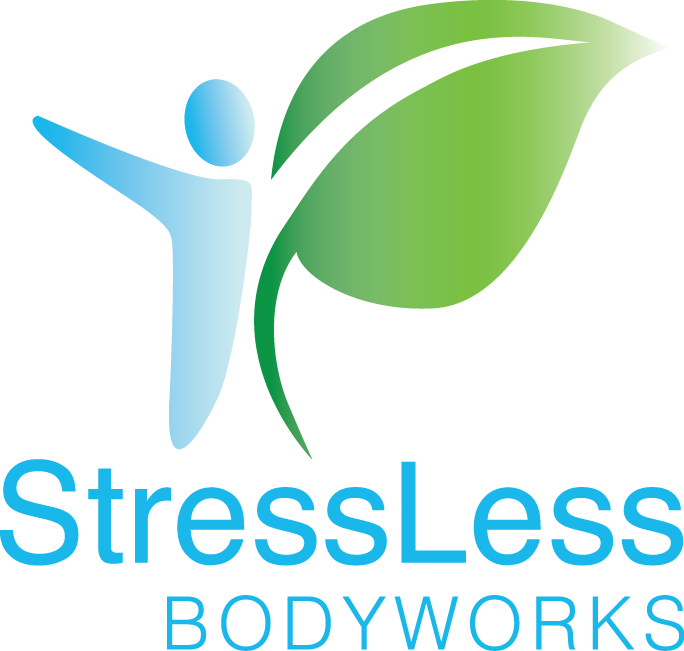 |
| Lavender Massage blend can help you relax and have better quality sleep |
Insomnia can have many different causes:
- stress
- anxiety
- fear of insomnia
- physical illness
- pain
- working unusual hours
- too much caffeine
Its symptoms vary depending on the person, but can go from simply just being tired to tension headaches, drowsiness, irritability and can even lead to more anxiety.
While a lifestyle changes is often a good cure for insomnia, it is not always appropriate or practical. Aromatherapy and Massage can help you go to sleep faster and stay asleep longer. The calming, soothing, balancing and anxiety reducing benefits of essential oils make Aromatherapy very effective for treating insomnia.
Lavender and Roman Chamomile are the most commonly used essential oils used for relieving insomnia. You can simply add a drop or two on your pillow or use them in a diffuser in your bedroom. While these oils are recommended for easing insomnia, it is important to 'follow your nose' and make your essential oil selection based on how you are feeling.
Combined with Massage, Aromatherapy can be even more effective. Massage has long been known to enhance relaxation and improve sleep patterns. One of the most important brain chemicals our brain produces to make us sleep is serotonin. When we suffer from insomnia, most of the time it is because our body is lacking that precious hormone.
Massage has been proven to have a positive action on the nervous system and helps the brain to produce serotonin. Therefore, in addition to relieving tension headaches and relaxing your muscles, Massage may assist to restore hormonal balance and help you sleep better and longer. Furthermore, while Massage alone is an effective method for relaxation, studies suggest that massage with essential oils may result in improved sleep quality, a more stable mood, increased mental capacity and reduced anxiety.
Clinical studies have found that participants who received Massage with lavender essential oil felt less anxious and more positive than participants who received massage alone.
Sleep plays a vital role in good health and wellbeing throughout your life. Getting enough sleep at the right times can help protect your mental health, physical health, quality of life and safety. If you think you may not be getting enough sleep or are suffering with insomnia try using essential oils in your bedroom or book a regular Massage treatment with essential oils, it will help you to get that good nights sleep that your mind and body needs.
Have a Stress Less day,
Nicola

